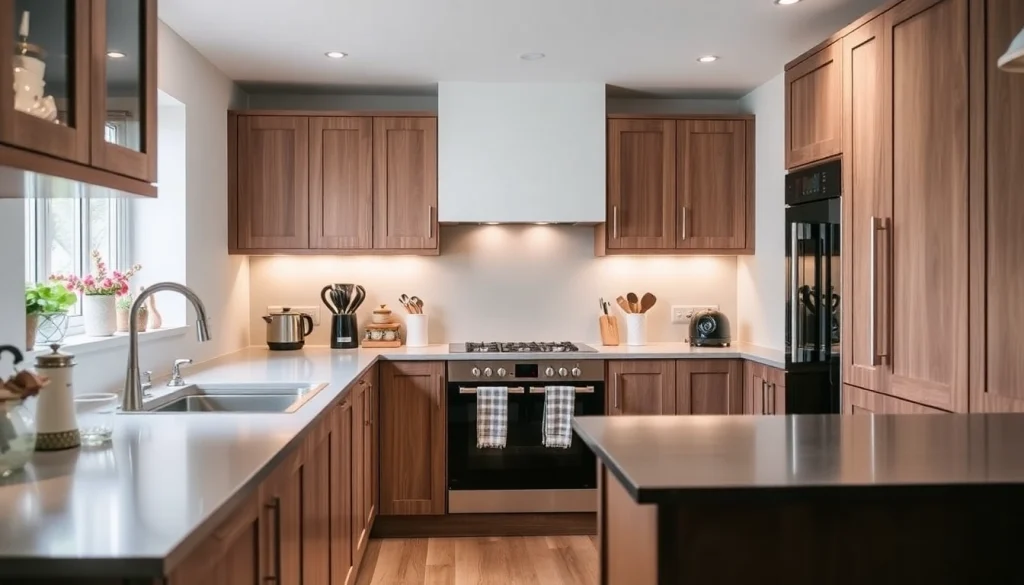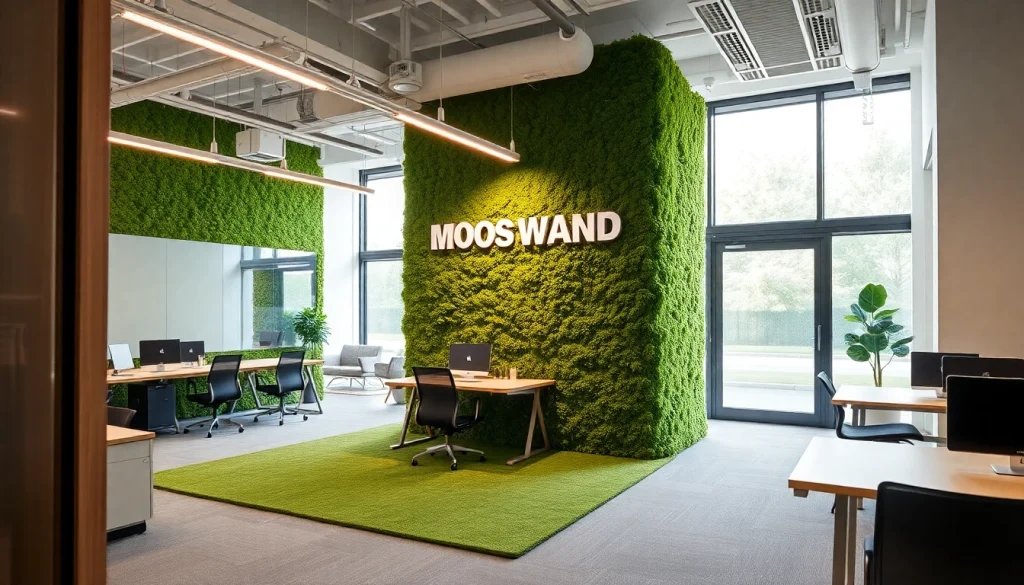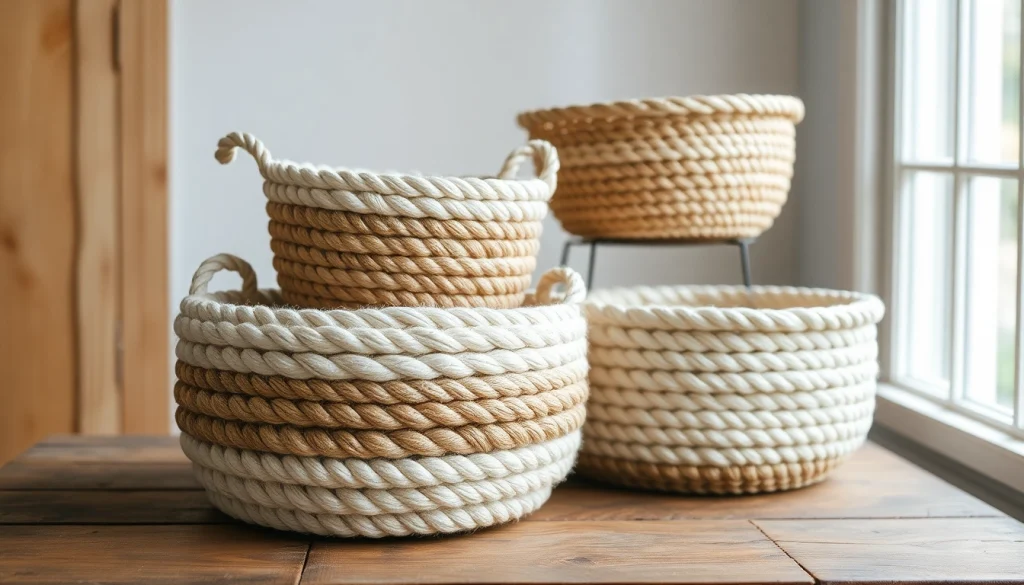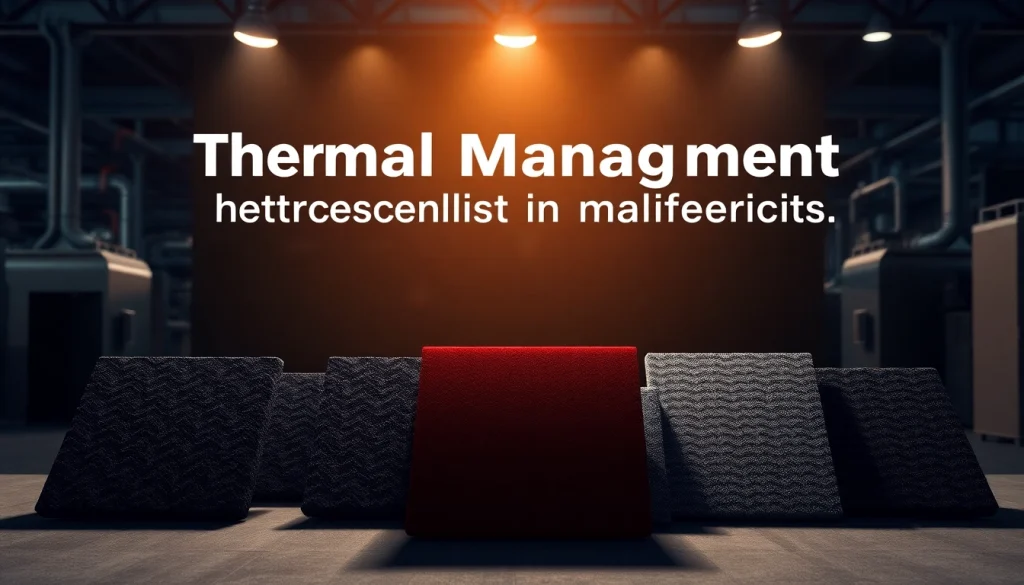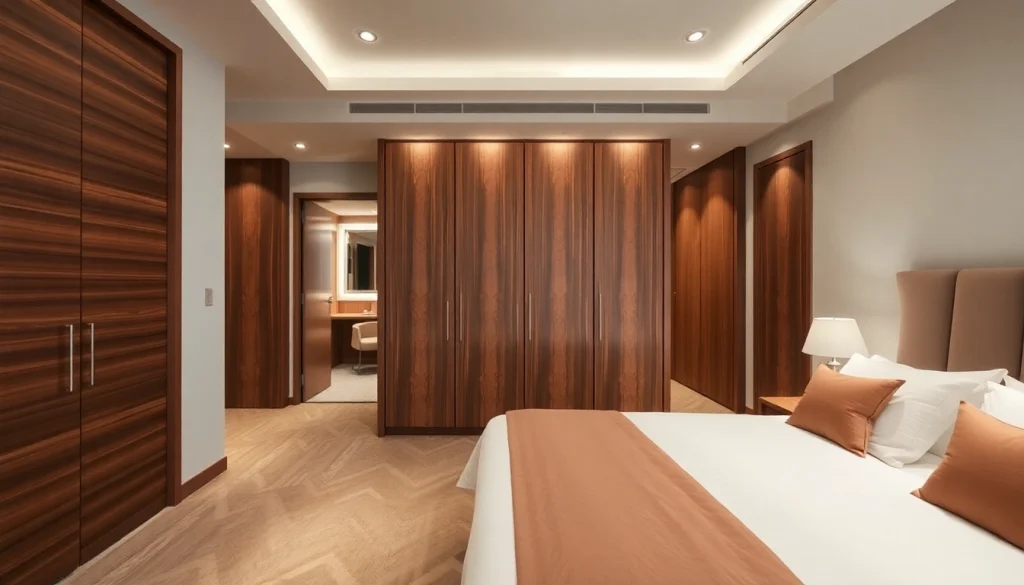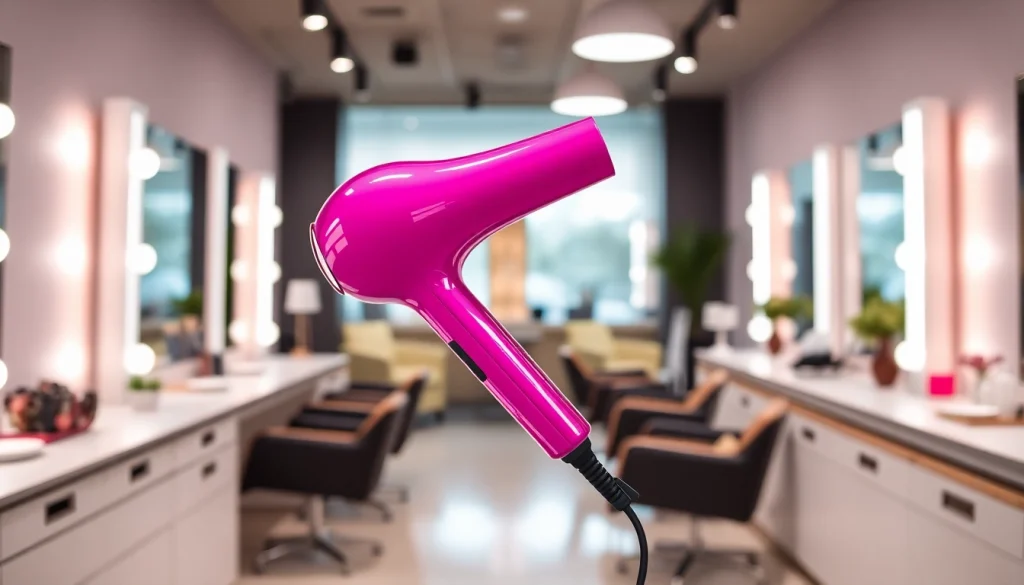Your Local Howdens Kitchen Fitter Near Me: Expert Tips for a Perfect Installation
Understanding Howdens Kitchens When it comes to designing or renovating your kitchen, choosing the right supplier and fitting service is paramount. Howdens has established itself as a leading name in quality kitchen solutions across the UK. Known not only for its extensive range of kitchen styles but also for the depth of customizability, Howdens kitchens are built to cater to diverse tastes and functional needs. If you are searching for a Howdens kitchen fitter near me, you are likely to discover a professional who possesses the skills necessary for a flawless installation. The Benefits of Choosing Howdens Howdens stands out in the kitchen marketplace for several reasons: Quality Products: Each component of a Howdens kitchen is crafted using high-quality materials that ensure durability and aesthetic appeal. Range of Styles: From rustic to modern, Howdens offers a variety of styles and finishes to match your vision. Value for Money: Competitive pricing paired with quality puts Howdens kitchens ahead in terms of cost-effectiveness. Local Availability: With many local depots across the UK, customers have easy access to showrooms and professional advisors. Personalization: Customizable layouts and options allow homeowners to design a kitchen that truly reflects their personality and lifestyle. How to Select the Right Kitchen Style Choosing a kitchen style can be daunting given the variety available. Here are some steps to help narrow your options: Identify Your Needs: Consider how you use your kitchen. Do you need a lot of counter space, or are you looking for somewhere to entertain guests? Research Styles: Look into different kitchen styles such as traditional, contemporary, or transitional. Resources like design magazines and online platforms can provide visual inspiration. Visit Showrooms: Seeing kitchens in person can help you understand the scale and materials, allowing you to visualize how they would work in your home. Consult with Professionals: A Howdens fitter can provide insights based on their experience and knowledge of your space. Common Features of Howdens Kitchens Howdens kitchens come equipped with several standard features that enhance both functionality and design: Soft-Close Doors: Enhances the user experience by preventing slamming, which can damage cabinets. Integrated Appliances: For a sleek look, many Howdens kitchens can fit appliances seamlessly into cabinetry. Smart Storage Solutions: Drawer dividers, pull-out units, and accessible pantry options maximize storage. Durable Worktops: Choices include quartz, laminate, and natural stones, each offering different benefits suitable for varying budgets and styles. Finding a Kitchen Fitter Near You Once you’ve decided on a Howdens kitchen, the next step is to find a skilled kitchen fitter. This crucial decision can significantly affect the quality and efficiency of your installation. Essential Qualities to Look for When seeking a kitchen fitter, ensure they possess the following qualities: Experience: Look for fitters with proven experience in installing Howdens kitchens specifically. Certifications: Check if they hold necessary certifications, such as being part of a recognized professional body. Reviews and Recommendations: Research online testimonials and seek recommendations from friends or family. Warranty Offer: A good fitter should provide a warranty for their work, assuring quality and reliability. Top Questions to Ask Potential Fitters Asking the right questions helps gauge a fitter’s suitability. Consider these: What is your experience with Howdens kitchens? Can you provide references from previous clients? What is the projected timeline for installation? Do you offer a warranty on your work? How do you handle potential issues that may arise during installation? Importance of Local Expertise Choosing a local kitchen fitter offers numerous advantages: Familiarity with Local Regulations: A local fitter will have knowledge of building codes and regulations that must be followed. Availability for Consultations: Proximity makes it easier to meet and discuss your vision in greater detail. Community Reputation: A fitter who has established themselves in the local community often values their reputation and ensures high-quality work. Preparing for Your Kitchen Installation Preparation is key to ensuring a seamless installation process. Here’s a detailed guide on how to prepare effectively. Step-by-Step Planning Guide Planning ahead can reduce chaos and ensure that your kitchen fitting goes smoothly: Finalize Your Design: Confirm all design choices, including cabinetry, countertops, and appliances. Clear the Space: Remove any existing furniture and appliances from the kitchen area. Measure and Verify: Double-check all measurements with your kitchen fitter to ensure everything fits as planned. Prepare Your Home: If possible, create a safe working environment for the fitter, moving valuable items to other areas. Tools and Materials Needed While your kitchen fitter will bring professional tools, you might want to consider having the following ready: Basic hand tools (screwdriver, hammer, etc.) Measuring tape Protective covers for floors and furniture Electrical power supplies if needed Creating a Timeline for Installation Collaborate with your kitchen fitter to establish a clear timeline. A typical kitchen installation may take a few days to a few weeks, depending on: The complexity of the design Availability of materials Other trades needed for plumbing or electrical work Installation Process Explained Understanding the stages of the installation process can help alleviate stress and set clear expectations. What to Expect During Fitting During the installation, the fitter will typically proceed through the following stages: Preparation of the Space: This involves removing old kitchen fixtures, assessing the areas where water and electricity are connected, and preparing surfaces. Installation of Cabinetry: The fitting of base cabinets, wall units, and any tall cabinets will be the initial focus. Countertop Installation: Once the cabinets are in place, countertops will be fitted, often requiring precise measurements. Fitting Appliances: Finally, built-in appliances will be integrated into the cabinetry for a seamless finish. Common Challenges Faced by Kitchen Fitters Kitchen fitters often encounter challenges that can disrupt the installation process. Having solutions or knowing how to handle them may ensure that your project stays on track: Structural Concerns: Sometimes unexpected structural issues can arise. A skilled fitter will know how to adapt your design to meet these concerns. Supply Delays: Materials may not always arrive on time. Good communication with your fitter helps manage expectations and timelines. Integration Issues: Ensuring all
